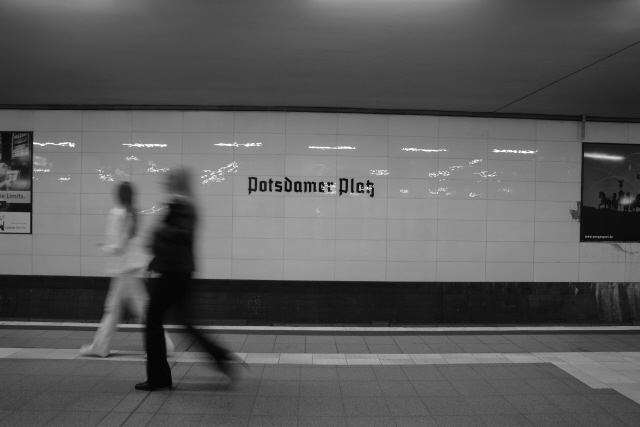Five Questions for... Malte Brandenburg
/Photo: Malte Brandenburg
By Sara Bellini
Malte Brandenburg is a photographer based in Copenhagen. In his creative practice he looks for simplicity and symmetry and in the past he has often found them in Berlin buildings. Housing spaces are explored both in their aesthetics as well as their urbanistic context and social value. After the pandemic changed his travelling plans, Malte is now finalising some projects while exploring the familiar streets of Copenhagen with his camera.
What does home mean to you?
That is a tricky question for me as I left my home town Berlin almost thirteen years ago and moved to Copenhagen. I still feel attached to Berlin, but at the same time the city becomes more and more foreign to me. And vice versa Copenhagen was for a number of years just a city I lived in, without the feeling that this is my home. It was somewhat in between, which was strange. However, after a while I found the right corner here for me and finally clicked with Copenhagen. Strangely though, I also feel more independent from where I am, as long as I'm with my family, it's difficult to describe. I guess they are my own little biotope :-).
Which place do you have a special connection to?
I have a very special connection to a place in Berlin called Gropiusstadt, a settlement of various tower blocks designed by Walter Gropius in the south of Berlin. I grew up nearby and had a couple of friends there and also had to pass through to get to the local swimming pool, which is why I spent quite a bit of time between these tower blocks. It always felt like a very surreal place to me, because of the sheer amount of concrete reaching into the sky.
Photo: Malte Brandenburg
I could not fathom that almost 50 000 people lived there. Also from a sociological point of view it's a quite interesting place and how it has changed within a relatively short period of time. This place was one of the first topics I was drawn to when I started to focus my photography more and more on urban architecture. I still return to Gropiusstadt on a regular basis.
What is beyond your front door?
Beyond my front door there are friends, a nice park and the beach, which I appreciate a lot. About 40 meters away there is also one of the best bakeries in town with shelves of sourdough bread!
What place would you most like to visit?
I would like to travel through Eastern Europe, all the way to Russia. I am fascinated by the culture and especially the food.
What are you reading / watching / listening to right now?
I am currently reading Agent to the Stars, a novel by John Scalzi about an alien race on earth that hires a PR agent in order to manage the revelation of their presence to humanity - it's hilarious! I also just finished The Last Dance, the Michael Jordan documentary. One of the best documentaries I have seen. I might be biased though, as he was a bit of a childhood idol. In terms of music, I listen a lot to Moi Caprice these days, a Danish band I discovered by accident, because the lead singer's daughter goes into the same class as my son.
*
Find out more about Malte Brandenburg on his website and Instagram.











